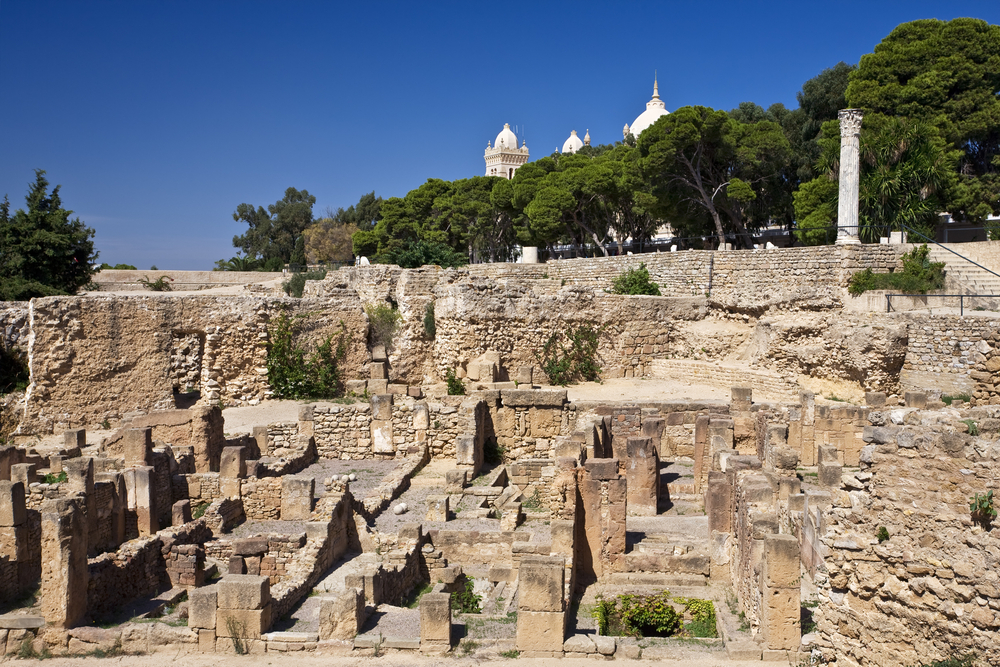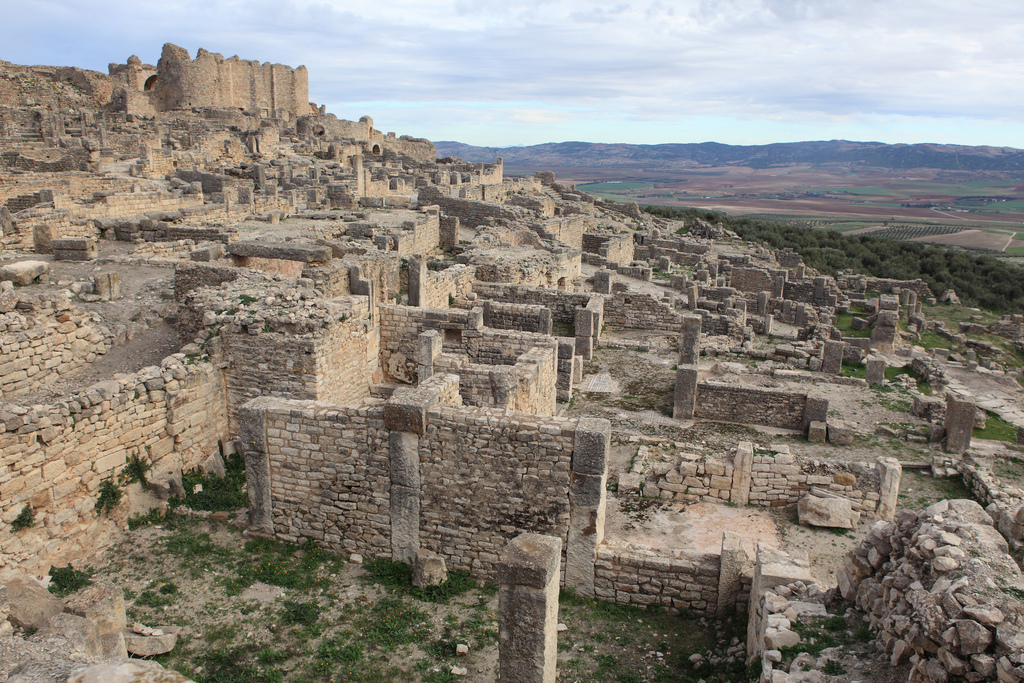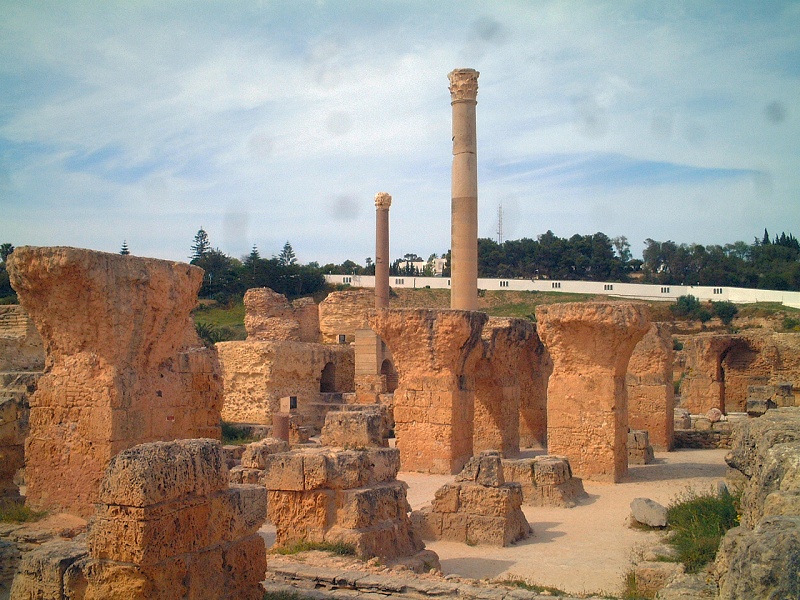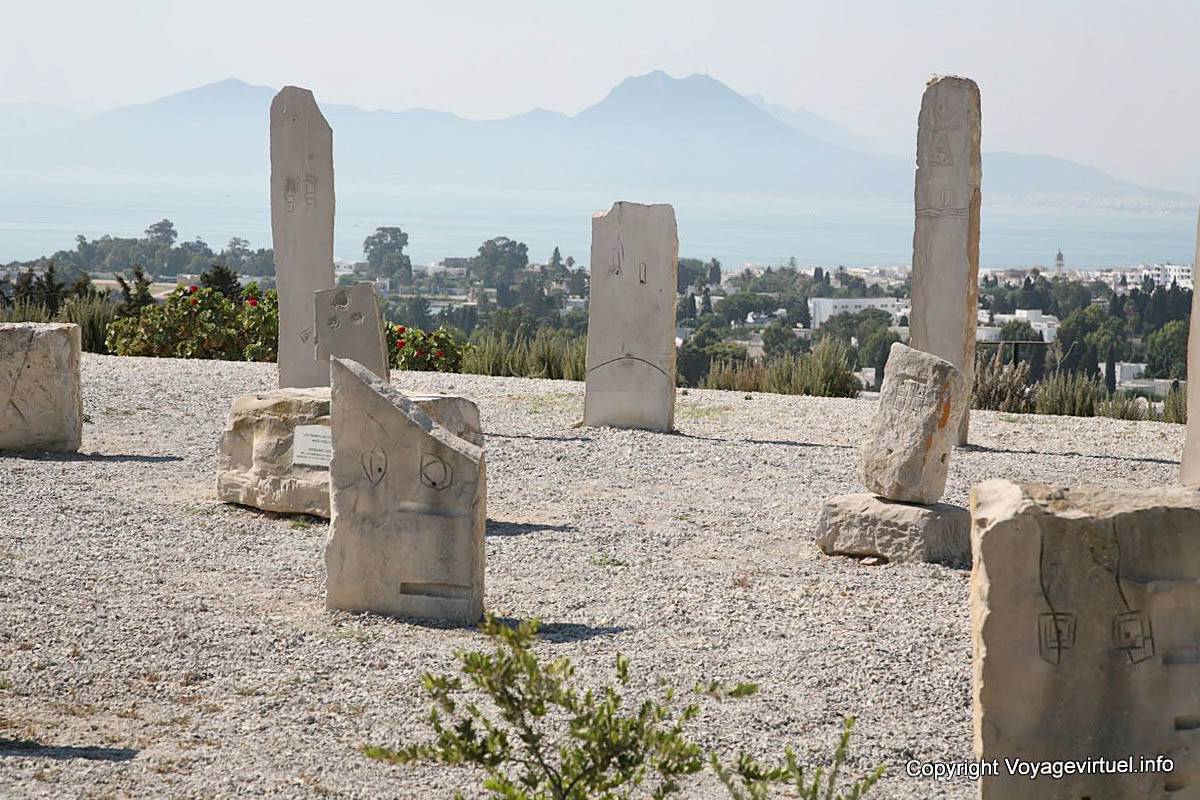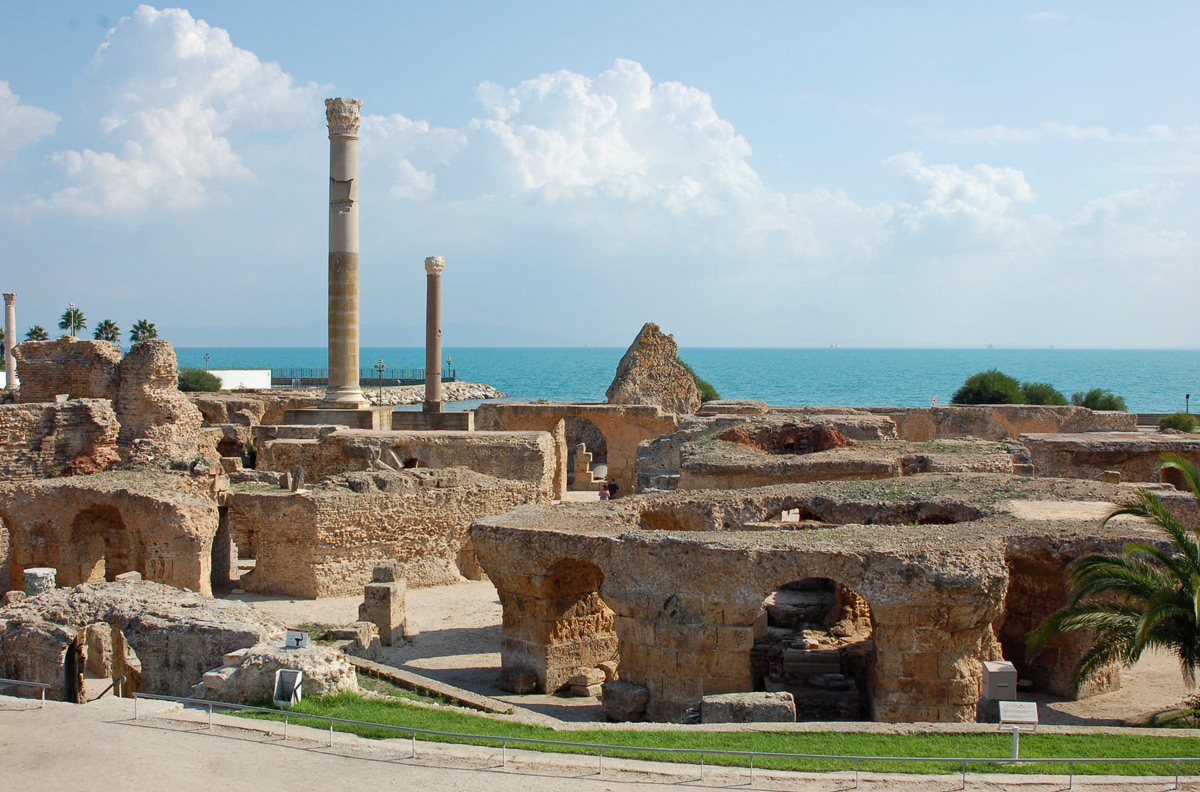Carthage was founded in the 9th century B.C. on the Gulf of Tunis. From the 6th century onwards, it developed into a great trading empire covering much of the Mediterranean and was home to a brilliant civilization. In the course of the long Punic wars, Carthage occupied territories belonging to Rome, which finally destroyed its rival in 146 B.C. A second – Roman – Carthage was then established on the ruins of the first.
Founded by the Phoenicians, Carthage is an extensive archaeological site, located on a hill dominating the Gulf of Tunis and the surrounding plain. Metropolis of Punic civilization in Africa and capital of the province of Africa in Roman times, Carthage has played a central role in Antiquity as a great commercial empire. During the lengthy Punic wars, Carthage occupied the territories that belonged to Rome, which then destroyed its rival in 146 AD. The town was rebuilt by the Romans on the ruins of the ancient city.
Exceptional place of mixing, diffusion and blossoming of several cultures that succeeded one another (Phoenico-Punic, Roman, Paleochristian and Arab), this metropolis and its ports have encouraged wide-scale exchanges in the Mediterranean. Founded at the end of the 9th century BC by Elyssa-Dido and having sheltered the mythical love of Dido and Aeneas, Carthage produced a warrior and strategy genius in the person of Hannibal, the navigator-explorer Hannon, and a famous agronomist, Magon. Carthage has always nourished universal imagination through its historic and literary renown.
The property comprises the vestiges of Punic, Roman, Vandal, Paleochristian and Arab presence. The major known components of the site of Carthage are the acropolis of Byrsa, the Punic ports, the Punic tophet, the necropolises, theatre, amphitheatre, circus, residential area, basilicas, the Antonin baths, Malaga cisterns and the archaeological reserve.
Criterion (ii): Phoenician foundation linked to Tyre and Roman refoundation on the orders of Julius Cesar, Carthage was also the capital of a Vandal kingdom and the Byzantine province of Africa. Its antique ports bear witness to commercial and cultural exchanges over more than ten centuries. The tophet, sacred place dedicated to Baal, contains numerous stelae where numerous cultural influences are in evidence. Outstanding place of blossoming and diffusion of several cultures that succeeded one another (Phoenico-Punic, Roman, Paleochristian and Arab); Carthage has exercised considerable influence on the development of the arts, architecture and town planning in the Mediterranean.
Criterion (iii): The site of Carthage bears exceptional testimony to the Phoenico-Punic civilization being at the time the central hub in the western basin of the Mediterranean. It was also one of the most brilliant centres of Afro-Roman civilization.




